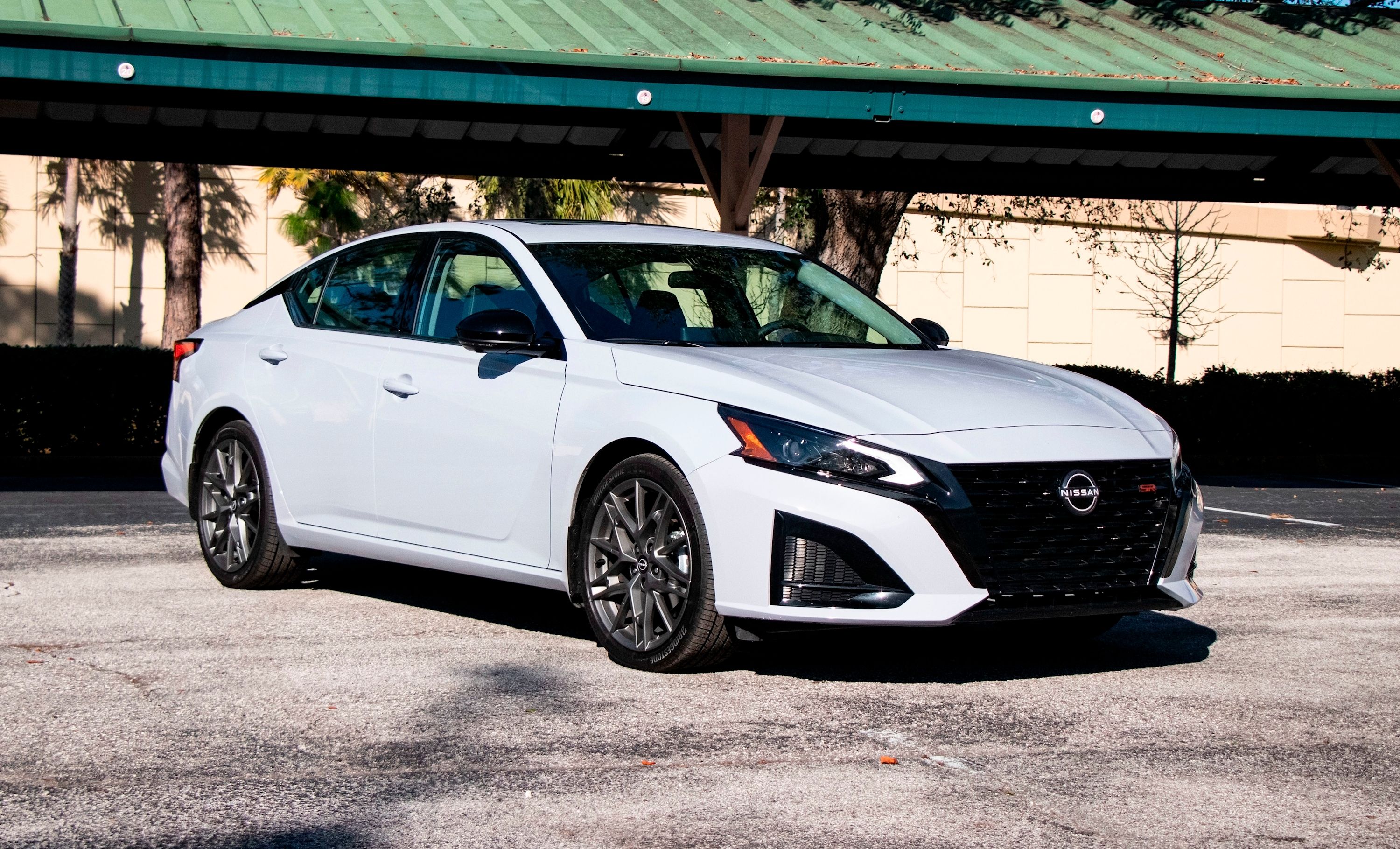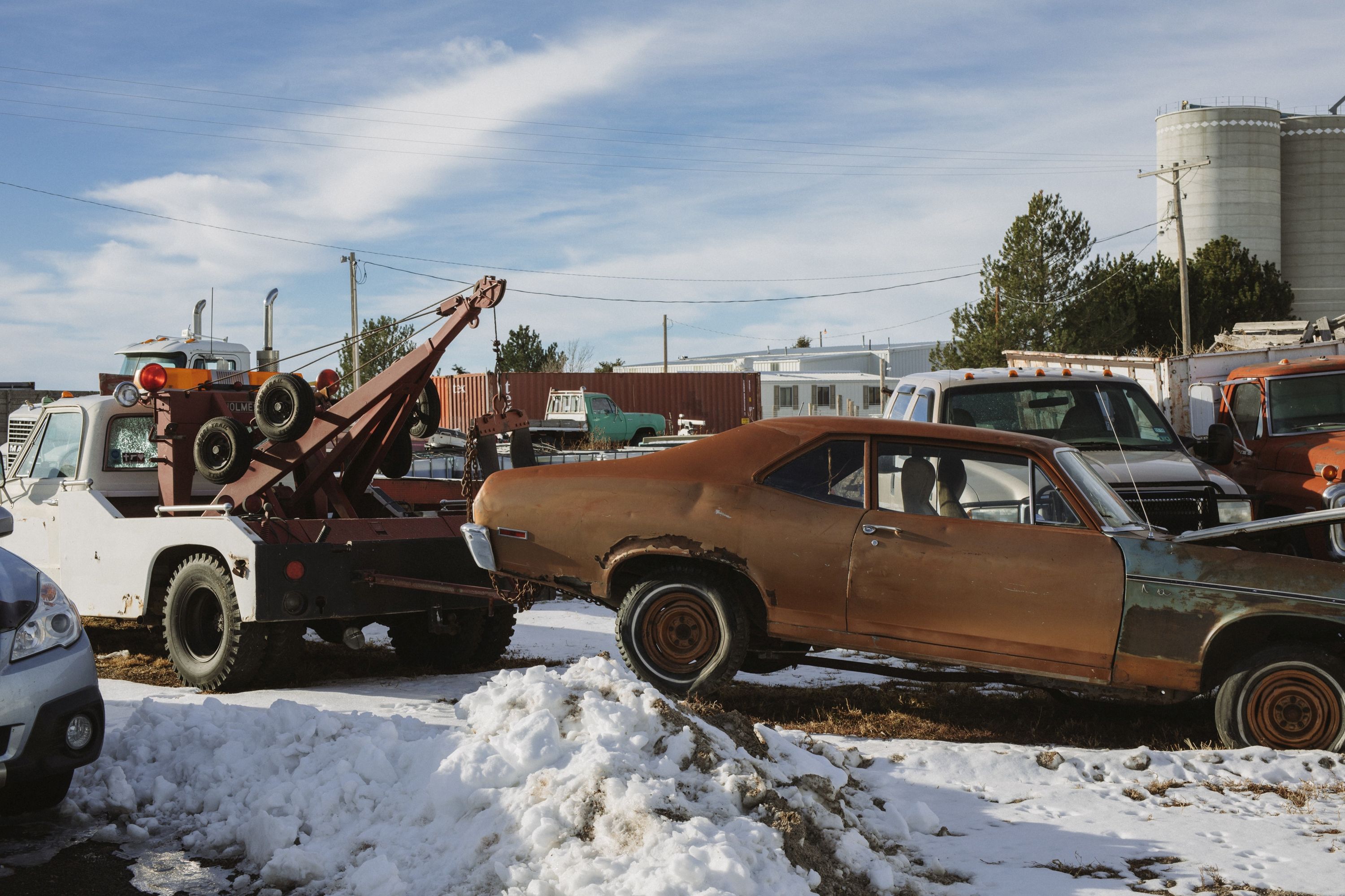
Winter is coming
While many parts of the USA enjoy moderate weather throughout the year, there are a number of places where snow is a common sight. For novice motorists and experts alike, it can be a huge pain when your car is stuck in the snow. This is not just a problem for those who inadvertently drive into a snowbank, though. Leave your car in the driveway overnight and you may wake up to a nasty surprise. However, you need not be helpless when your car gets stuck in deep snow. There are steps you can take to remedy the situation, or even avoid it altogether.
Help! My Car is Stuck in the Snow
If you are already past the point of prevention - in other words, when your car is already stuck in snow and ice - there are a few steps you should take before resorting to calling for help. If you don't want to become just another car-stuck-in-snow meme, here's what to do:
- If your vehicle is buried in a drift, you will first need to shovel away the majority of the snow. Just try to avoid scratching up your ride.
- Once you have a better idea of where everything is, you should brush off the snow covering the top. Do not use the shovel, though, a soft-bristle brush will do just fine.
- Afterwards, use the palm of your hand to firmly smack the hood and sides of the automobile. This will dislodge any excess ice stuck on the car.
- Before getting inside, you should check the front grille and exhaust to ensure nothing is clogging up the airflow. You may need to defrost the door locks, too, in order to gain ingress.
- Once inside and behind the wheel, start the engine and give it a few minutes to warm up before turning on the heater. Be sure to direct the vents to the front and rear windshields
- To get unstuck, you will need to rock your vehicle. This entails engaging drive, or first gear, and moving forward slightly, then shifting to reverse, and moving backwards. Repeating this action flattens the snow under the wheels to give you more traction.
- If this is not enough to get you moving, consider adding some traction. There are a few ways to do this. Dirt or salt spread out around the wheels lets them grip the road more easily. However, if the road is still under a few inches of snow and ice, wrapping the tires in chains adds a lot more traction.
- Of course, it never hurts to get a helping hand. If you're at home, conscript some of the family, or ask a neighbor to help you push your car. But if you're on the side of the road, you'll have to rely on the goodwill of strangers.
How Much will it Cost to Have a Professional Tow My Car out?
If you think your situation is so dire that you need expert assistance, you can contact a towing service. How much they charge you will depend on your specific needs. You will likely be charged between $50 - $300. If you're just stuck in a ditch or snowed in, the low end of the spectrum is more likely, but if you are far off the road or have a damaged vehicle, the charges will be higher. If your battery has simply died from the cold and all you need is a jump start, either try to flag down passing drivers or call an Uber. The latter is a cheaper solution than calling a tow truck.
Things to Avoid When Your Car is Stuck in Ice or Snow
Just as there are a few helpful ideas for when you get your car stuck in snow, there are quite a few things you should avoid doing, too. If you're not careful, your efforts to get out could have the opposite effect. Here are a few things to keep in mind when your car is stuck in ice or snow:
- Don't apply too much gas - spinning wheels gain no traction.
- Don't forget the big picture - clear out snow along your path, too.
- Don't panic - if you lose control, turn into the spin and don't brake harshly.
- Don't be overeager - once clear of the initial problem, take it slow and steady.
- Don't be ashamed to ask for help - people can surprise you when you least expect it.
How to Prepare the Car for Winter Storms Ahead of Time
Just because you have been provided with a number of tricks for how to get a car stuck in ice back out on the road, that doesn't mean you should tempt fate. The best way to overcome unpleasant conditions is to avoid them altogether. Here a few tips to keep your vehicle safe on those long, cold winter nights:
- Parking indoors will minimize any possible negative effects of cold weather.
- Cover your car with a thermal blanket, if you can.
- Alternatively, cover the windows and mirrors.
- Spray de-icer and WD40 on the door hinges and locks.
- Coating the rubber door seals with cooking oil has a similar effect.
- Use antifreeze.
Winter Tools to Keep in the Trunk
If you expect to face harsh winter conditions while driving, there are certain tools you should ensure are always close at hand. These include:
- A well-stocked first-aid kit
- A thermal blanket
- A fully charged power bank
- Water and high-calorie snacks
- Tire chains
- Road salt or kitty litter
- Ice shovel
- Plastic ice scraper
- Snow brush
- De-icer fluid
- Jumper cables

